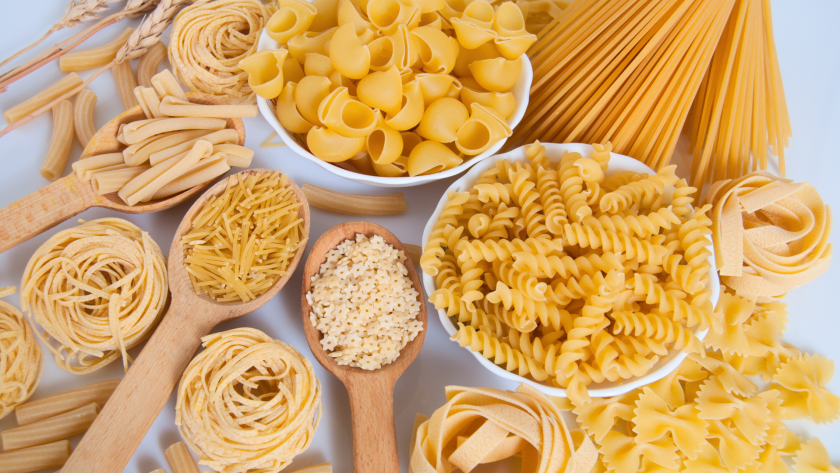Pasta is always a good choice. It tastes delicious, is excellent for the whole family, and is affordable too. But did you know that pasta has been around since ancient Greece? Read this article to learn more about the fascinating history of pasta, and get to know the different types.
What is Pasta?
Pasta is the Italian word for “paste,” and it’s a type of flat, doughy food that’s usually made from flour, water, and salt. Pasta was probably first made in Italy over 2,000 years ago, and it quickly became popular all over the world.
There are many different types of pasta, and they can be boiled, baked, or even fried. Pasta can be found in almost any cuisine around the world, and it’s often used as a basic ingredient in many dishes.
It can be served alone as a dish, or it can be combined with other ingredients to create a more complex dish. Pasta is one of the most versatile foods imaginable, and it’s definitely worth trying out if you haven’t already!
The History Of Pasta As We Know It
Pasta is one of the oldest foods in the world, and it’s no wonder why. It’s versatile, easy to make, and absolutely delicious. In fact, pasta is so good that it has become an international favorite. Here are some interesting facts about pasta history:
Pasta was first mentioned in ancient Rome as far back as 250 BC. At the time, it was known as “pultum,” which means “to pound.” Romans used it to make a type of noodle soup called “soupe à la pultine.”
In Italy, pasta became a popular food choice in the Middle Ages because of its affordability and convenience. The first Italian pasta factory was opened in 1891 by Antonio Cesarotti. Today, there are over 1,000 pasta manufacturers in Italy alone.
Types of Pasta
Pasta can be found in almost every country around the world, making it one of the most popular foods on the planet. There are a variety of types of pasta, all with their own unique flavor and texture.
- Durum wheat pasta is made from hard red wheat flour and is used for lasagna noodles, gnocchi, spaghetti, and ravioli. It has a strong taste and a chewy texture.
- Semolina pasta is made from ground durum wheat flour and is used for stuffed shells, manicotti, cannelloni, and bucatini tubes. Semolina is light in color and has a slightly sweet flavor.
- Fettuccine noodles have a width ranging from narrow to wide (1/8-inch wide), making them perfect for soups or seafood dishes. They’re also great for stir-fries because they hold their shape well when cooked. Fettuccine noodles come in various shapes, such as bowties, twists, whorls, rosettes, ribbons, and strands.
- Gossamer noodles are made from a flour and water mixture that’s left to dry before being stretched into thin sheets. They have a delicate, slightly sweet, and powdery flavor. Gossamer noodles are often used in stir-fries, soups, and salads.
- Spaghetti noodles are made from durum wheat flour and salt. They’re very popular in Italy because they hold their shape well when cooked and can be eaten as is or with a sauce. Spaghetti noodles come in various widths, including narrow (1/8-inch wide), medium (3/8-inch wide), and wide (1-inch wide).
- Angel hair pasta is made from durum wheat flour and egg. It has a very delicate, slightly sweet, and elastic texture. Angel hair pasta is often used in stir-fries, pastas with a creamy sauce, or alfredo dishes.
- Rigatoni is a tubular pasta made from durum wheat flour, salt, and water. They’re usually served with a meat or seafood sauce and can be found in various widths (from narrow to wide).
- Fusilli noodles are made from durum wheat flour and egg. They have a slightly elastic texture and are usually served with a meat or seafood sauce. Fusilli noodles come in various widths (from narrow to wide).
- Ziti are tubular pasta made from durum wheat flour, salt, and water. They’re usually served with meat or seafood sauce. Ziti comes in various widths (from narrow to wide).
With the many types of pasta available, you can surely find different recipes out there. This just means that you can enjoy so many dishes with pasta alone. Learning several recipes can help ensure that you will never run out of pasta recipes to cook when you host a party.




